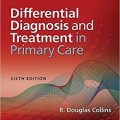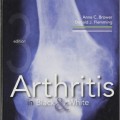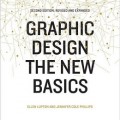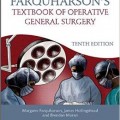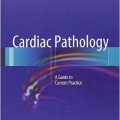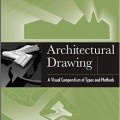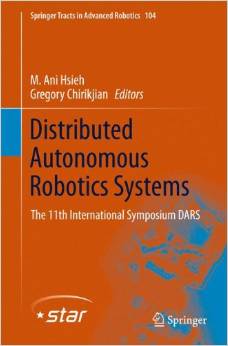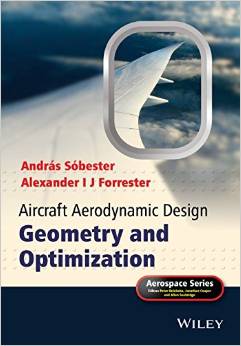دانلود کتاب مهندسی ترمودینامیک مدرن بالمر
Modern Engineering Thermodynamics
Designed for use in a standard two-semester engineering thermodynamics course sequence. The first half of the text contains material suitable for a basic Thermodynamics course taken by engineers from all majors. The second half of the text is suitable for an Applied Thermodynamics course in mechanical engineering programs.
The text has numerous features that are unique among engineering textbooks, including historical vignettes, critical thinking boxes, and case studies. All are designed to bring real engineering applications into a subject that can be somewhat abstract and mathematical.
Over 200 worked examples and more than 1,300 end of chapter problems provide the use opportunities to practice solving problems related to concepts in the text.
- Provides the reader with clear presentations of the fundamental principles of basic and applied engineering thermodynamics.
- Helps students develop engineering problem solving skills through the use of structured problem-solving techniques.
- Introduces the Second Law of Thermodynamics through a basic entropy concept, providing students a more intuitive understanding of this key course topic.
- Covers Property Values before the First Law of Thermodynamics to ensure students have a firm understanding of property data before using them.
- Over 200 worked examples and more than 1,300 end of chapter problems offer students extensive opportunity to practice solving problems.
- Historical Vignettes, Critical Thinking boxes and Case Studies throughout the book help relate abstract concepts to actual engineering applications.
- For greater instructor flexibility at exam time, thermodynamic tables are provided in a separate accompanying booklet.
- Available online testing and assessment component helps students assess their knowledge of the topics. Email textbooks@elsevier.com for details.
From the Back Cover
Energy is emerging as one of the 21st century’s biggest issues, and thermodynamics will play a central role in providing the world’s energy needs. An understanding of engineering thermodynamics helps an engineer analyze and design more efficient energy conversion systems — systems that can range from automobile engines to fuel cells, from power plants to wind turbines. In Modern Engineering Thermodynamics, author Robert Balmer integrates modern theories with relevant applications to promote a greater understanding of the subject. Written in an easily accessible conversational style in which common student conceptual problems have been anticipated and addressed, this book is ideal for a one or two semester thermodynamics course at the sophomore or junior level.
Key Features:
- Provides the reader with clear presentations of the fundamental principles of basic and applied engineering thermodynamics.
- Helps students develop engineering problem solving skills through the use of structured problem-solving techniques.
- Introduces the Second Law of Thermodynamics through a basic entropy concept, providing students a more intuitive understanding of this key course topic.
- Covers Property Values before the First Law of Thermodynamics to ensure students have a firm understanding of property data before using them.
- Over 200 worked examples and more than 1,300 end of chapter problems offer students extensive opportunity to practice solving problems.
- Historical Vignettes, Critical Thinking boxes and Case Studies throughout the book help relate abstract concepts to actual engineering applications.
- For greater instructor flexibility at exam time, thermodynamic tables are provided in a separate accompanying booklet.
- Available online testing and assessment component helps students assess their knowledge of the topics. Email textbooks@elsevier.com for details.
Contents: The Beginning; Thermodynamic Concepts; Thermodynamic Properties; The First Law of Thermodynamics and Energy Transport Mechanisms; First Law Closed System Applications; First Law Open System Applications; The Second Law of Thermodynamics: Entropy Transport and Production Mechanisms; Second Law Closed System Applications; Second Law Open System Applications; Availability Analysis; General Thermodynamic Property Relations; Mixtures of Gases and Vapors; Vapor and Gas Power Cycles; Vapor and Gas Refrigeration Cycles; Chemical Thermodynamics; Compressible Fluid Flow; Thermodynamics of Biological Systems; Introduction to Statistical Thermodynamics; Introduction to Coupled Phenomena; Appendix A: Physical Constants and Conversion Factors; Appendix B: Greek and Latin Origins of Engineering Terms; Appendix C (in separate booklet): Thermodynamic Tables; Appendix D (in separate booklet): Thermodynamic Charts

























